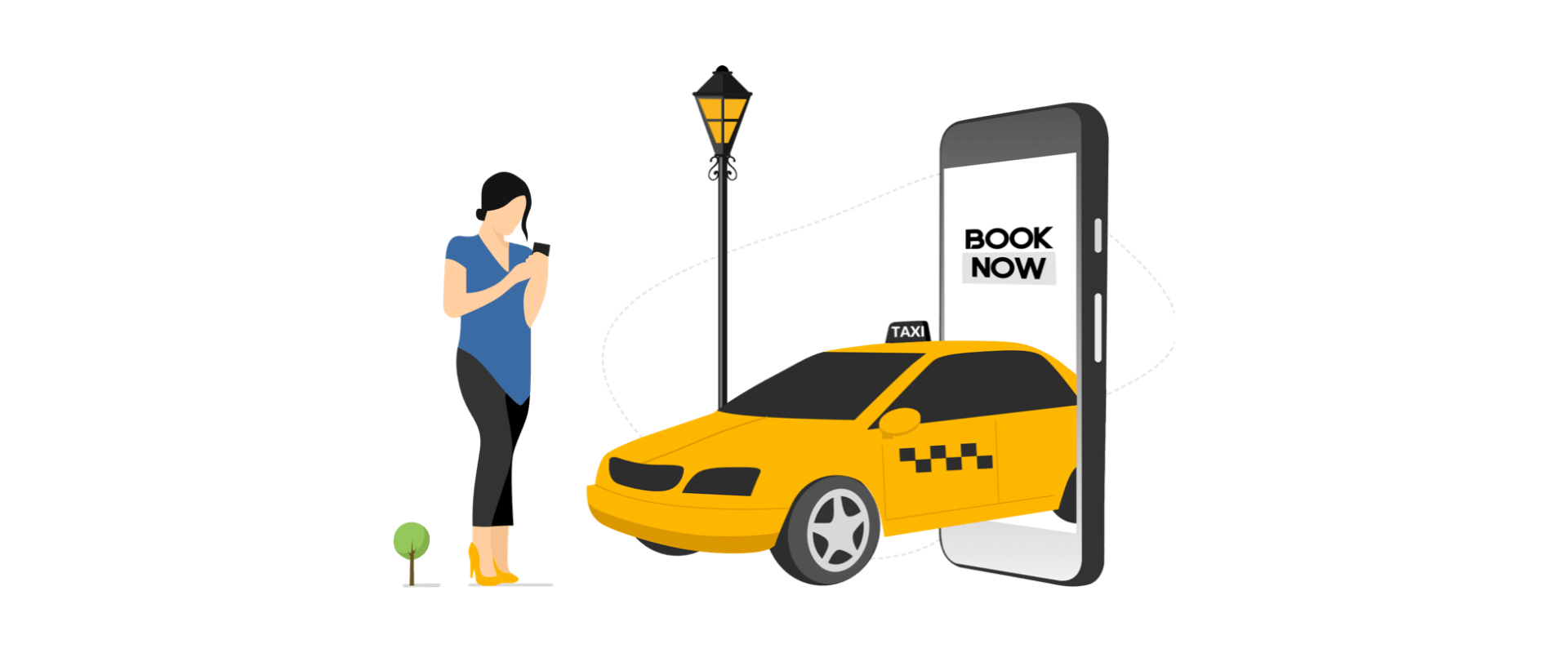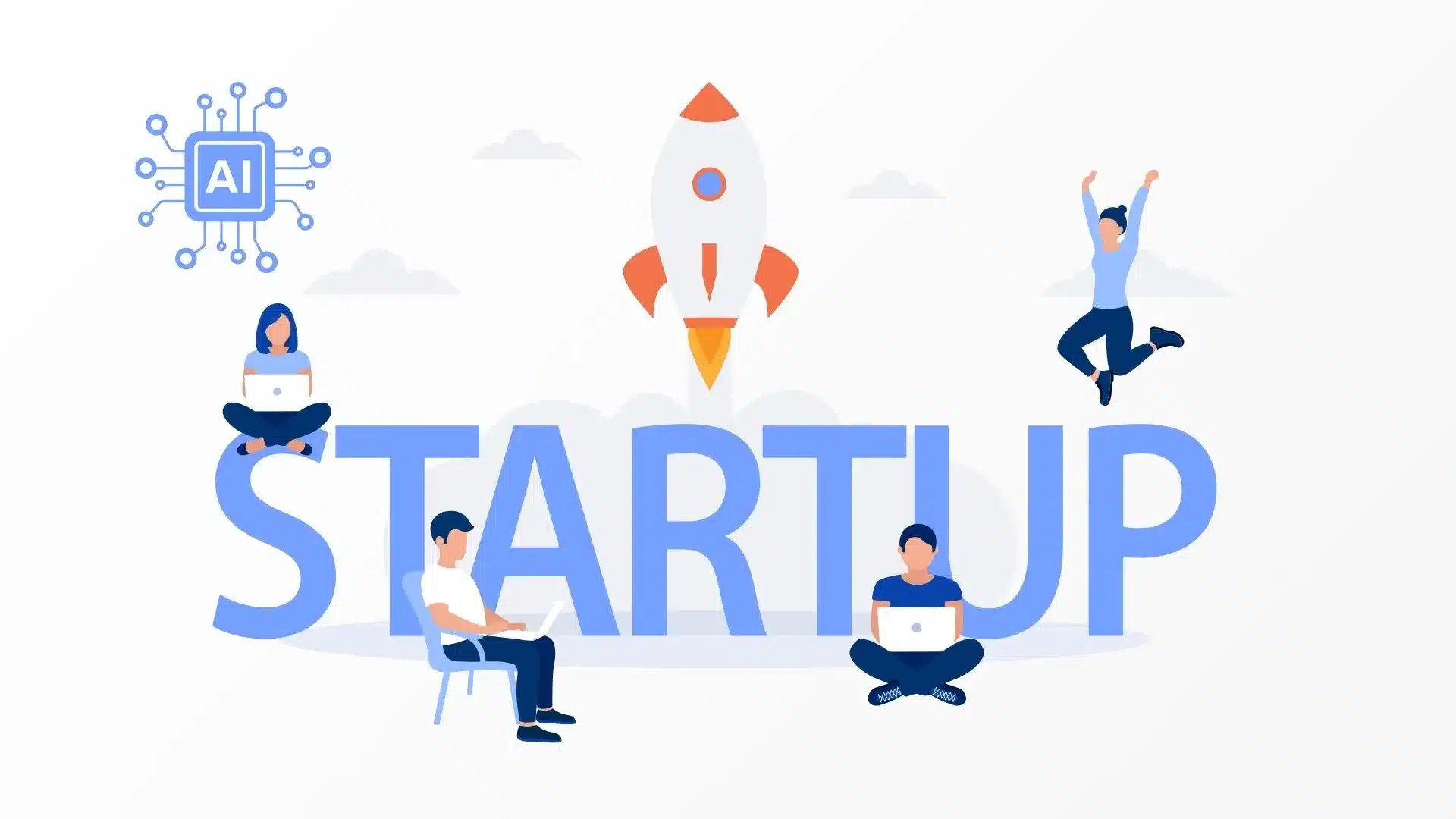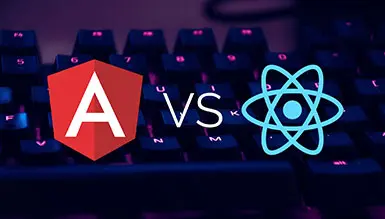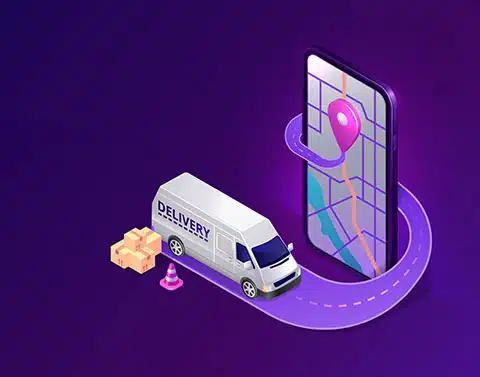Booking a taxi the traditional way is so yesterday. How often do you contact an operator? Seldom. And why would you, especially when you can directly access the same service via an app- anytime and anywhere? The culture of on-demand cab booking apps is growing day by day- thanks to the convenience they provide to the users. You open the app, find a ride according to your budget, and you are good to go- no third party involved.
Although traditional methods of booking are somewhat still alive and thriving, people don’t find it very convenient- especially when they’re looking at the very last moment. Added to this is people’s growing reliance on smartphones. We want everything on the tip of our fingers!
So, if you are thinking forward to on-demand taxi app development, then now is a good time. The idea might sound a bit overwhelming, but the app development industry is expanding to so many ventures.
Now is the time to go online and mobile!
But how to build a taxi booking app? Let us explore.
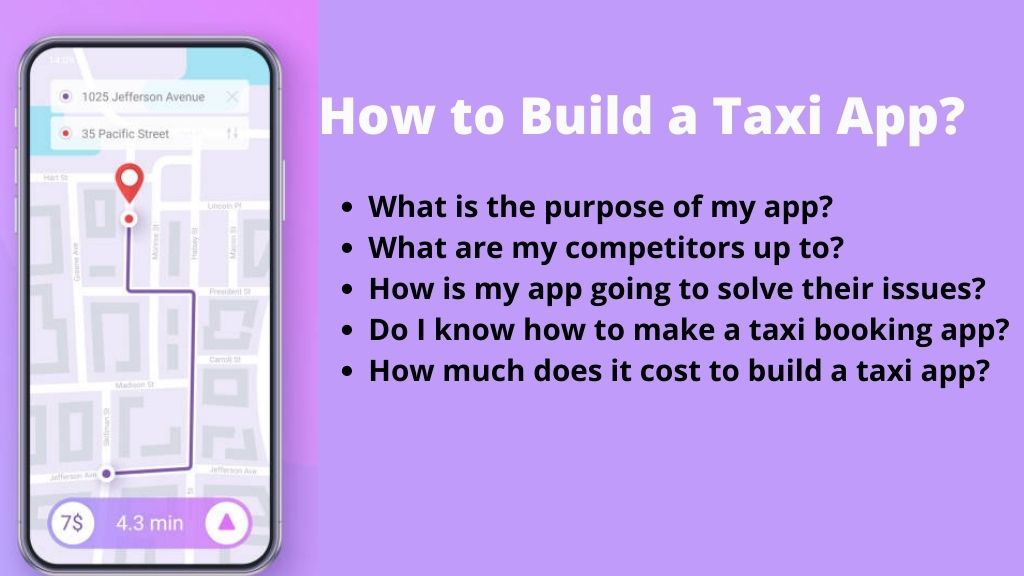
Does your Taxi company even need an App?
Gone are the days when people waited for hours to get a taxi, used outdated services, and paid in cash since they had no other option. Now everything needs to be seamless- from booking to transactions. By tapping on your mobile screen, a car will be present right outside your door regardless of the location. The best part is that a user can choose the car they like, assess the driver’s rating, and even cancel the booking if something unwanted happens, and all of these are possible within one app. Sounds amazing, doesn’t it?
Taxi Market Trends:
Some taxi booking applications like Uber are moving towards automated driving cars. Other taxi bookings applications such as Ola and Meru are working to provide the best services to their clients with competitive pricing. Ola has collaborated with Apple and other video streaming services that help it to serve its clients even better.
The Asia-pacific industry is becoming the king of the global taxi market. A likely reason behind this is the traffic congestion and inexpensive taxi fares. Compared to any other transport system, riders can reach their destination in less time. Among the leading countries, China has the world’s largest taxi market. After China, India has the second position.
Some Stats To Consider
According to experts, by 2027, the taxi market will grow up to US$ 284.84 Billion and the count of cab users will be 1,500 million people.
The readymade taxi app industry is only going to grow and shine in the future. The concept of a readymade taxi app garnered almost 1.3 million active users all around the world in the third quarter of 2019. And this number doubled in the next two years, as compared to bout 668 million active users back in 2017.
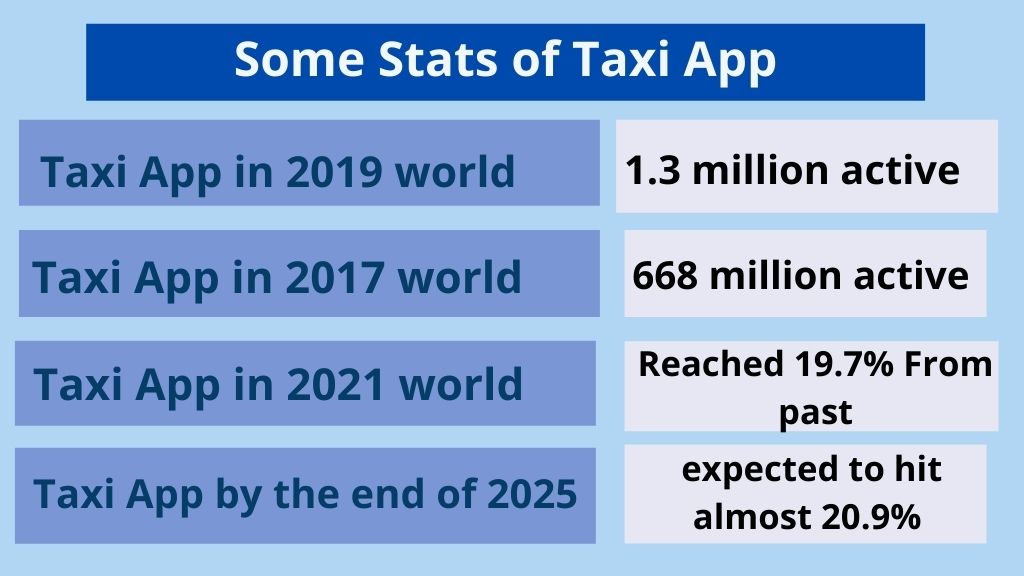
The enormous market growth promises a brilliant future for any company that looking forward to taxi booking app development. However, we need to consider many things beforehand since the competition is sharp. Some market giants like Lyft and Uber have millions of active users on their platform and generate millions of dollars in revenue.
Uber reached 70% of the market in June 2020, while Lyft’s share was only 30%. In this article, we will discuss what you can do to be the next big on-demand taxi booking app.
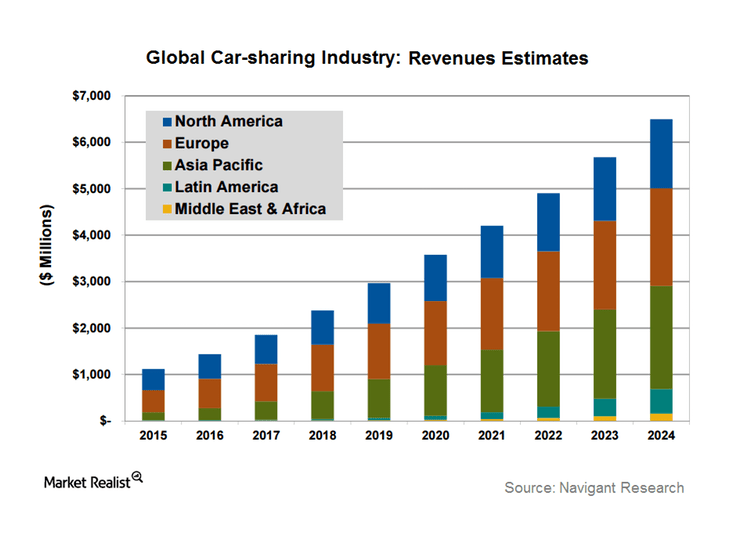
Speak with an expert to know the estimated cost of Taxi app.
How to Build a Taxi App?
On-demand taxi app development requires building a strong brand, that is well-recognized and has a value proposition. For this, you need to work with the right marketing team. But for the development work, you have to hire a reliable tech team of experienced individuals. Here, ask yourself the following questions:
- What is the purpose of my app?
- What are my competitors up to? Is my audience happy with it?
- How is my app going to solve their issues? Is it even possible?
- Do I know how to make a taxi booking app, or shall I hire a team?
- How much does it cost to build a taxi app? What is my budget?
If you are not sure about the development part, you can integrate with app development companies who either offer a white-label solution of a readymade taxi app or exclusively expertise in taxi booking app development. At JumpGrowth, we offer similar services at the most competitive prices in the market. Contact us to know more.
With that said, let us dig right into.
Step 1: Exploring the Market
Learning the market is vital. This way, you get to understand what market you are entering. Is your idea new to your geolocation? Maybe you can start within your city and expand it later. What payment options work best for your target audience? You also need to know what your audience really wants, and if your competitors are able to offer anything to fulfill it. In case the solution is going to make your app more complex, you need to find a simple way to integrate it.
Remember that you don’t have to create a taxi booking app clone that serves exactly what other similar apps serve- you have to stand out. Market research will help you pull it off.
Step 2: Narrowing Down A Business Model
Develop a final model that decides how your app is going to play out in the market. It involves planning on the monetization strategy, features that are to be integrated, the app’s structure, services that it offers, third-party integration with GPS, Google Maps, etc.
Zeroing down on the right model will directly impact your development process. Although adding a few ideas here and there will be of no harm, you should still make sure you have everything planned in hand- so that you don’t dilly dally in the middle.
Step 3: Technical Requirements and Specification
Create a detailed specification that contains a whole list of technical requirements. It is basically a document. It includes describing the accurate functionality and architecture of the prospected app in detail. It’s done by outsourcing a team or working with a development company like JumpGrowth. These companies use technical language to help the stakeholders easily understand what they will build. This technical specification will allow you to understand the estimation of the cost and success of the building process.
Step 4: Choosing the Best Model for Development
You must choose a development model carefully to determine the time and cost needed to build an app. You must understand which team members you need- UX/ UI designers, developers, and the QA team. Remember that when you creating a team by yourself will be the most expensive option. It is because every professional will probably charge their own price for an hour. Hiring a team or working with a company will be much cheaper. It is also better since you will be working with a team of experienced individuals.
Step 5: Working on the UX/ UI Design
Once you choose the development team, you have to choose your UX/ UI team. But make sure you do this before you start with the on-demand taxi app development process. The designers will come up with different prototypes with mock-ups and wireframes. These will let you visualize the look and feel of your final app. Discuss your plans and needs for design with the teams.
Step 6: Development of the Backend
When working on the backend of an app, we integrate the mobile apps functionalities with its database. At this stage, the developers will pack your app with the middleware and the server. Here, your team will get to choose what technology stack you must use, like Swift, Go, Python, and Java. These are the most common and prominently used languages for developing an application’s backend. It depends entirely on the platform on which the app would work.
Step 7: Testing with the QA Team
Once you are done with everything- from development and designing, you can then proceed ahead with testing. The QA team performs complex tests in various situations to understand how the app would work in a simulated environment. The quality analysts check the app’s usability, efficiency, quality, effectiveness, and functionality. It is a very important step that you cannot skip before releasing your app to the audience.
Step 8: Launching the App
You can finally release your app in the market. Voila!
Also Read: On-Demand Delivery Apps | Everything You Need To Know
Features of an On-demand Taxi Booking App
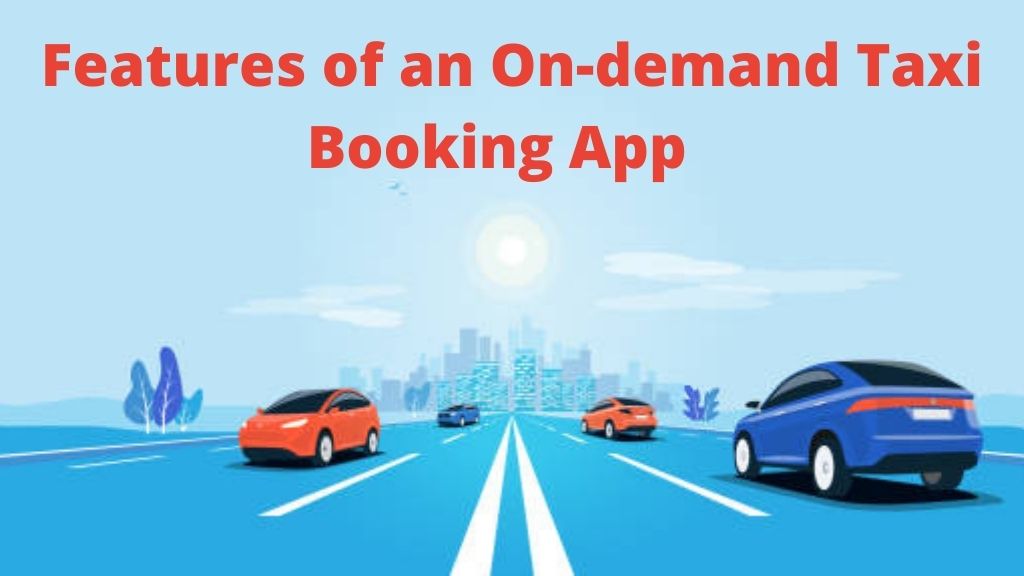
A typical on-demand taxi booking app consists of three distinct but interconnected parts – the customer app, the driver app, and an admin panel for the management of business operations. Here are some of the core features that you might want to integrate into these three parts of your app:
Customer Apps
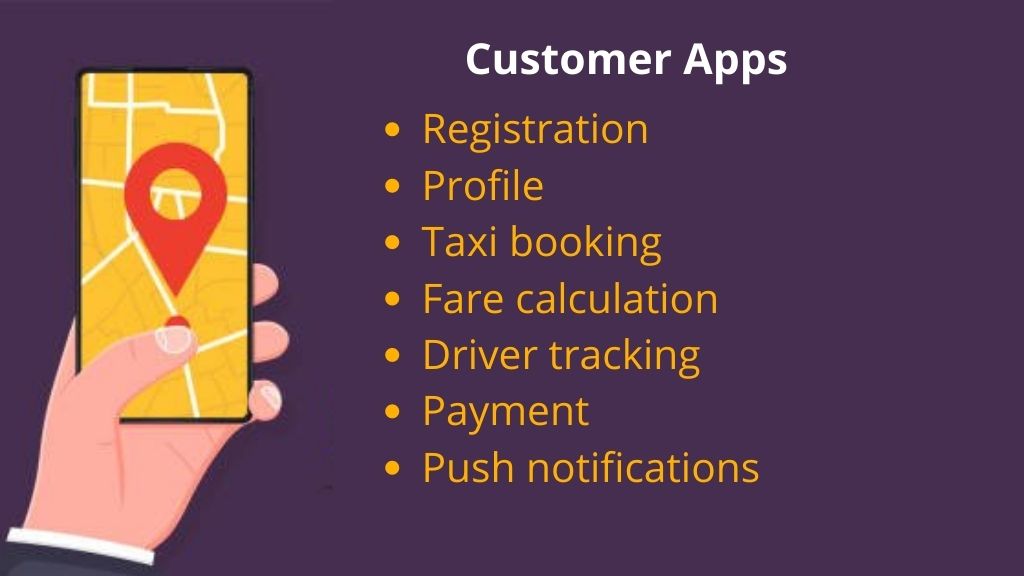
This would be used by the customers for finding drivers, booking a ride, and making payments. The features may include:
- Registration
- Profile
- Taxi booking
- Fare calculation
- Driver tracking
- Payment
- Push notifications
- Messaging
- Driver rating and review
- Travel history
- Customer support (SOS button)
Advanced Features:
- Pickup location
- Ride cancellation
- Split payment
- Interactive map
- Future ride
- Book for someone else
- Favorite locations
- Gamification, discounts, referral rewards
- Voice recognition
- Waiting list
- Hidden passenger phone number
Driver Apps
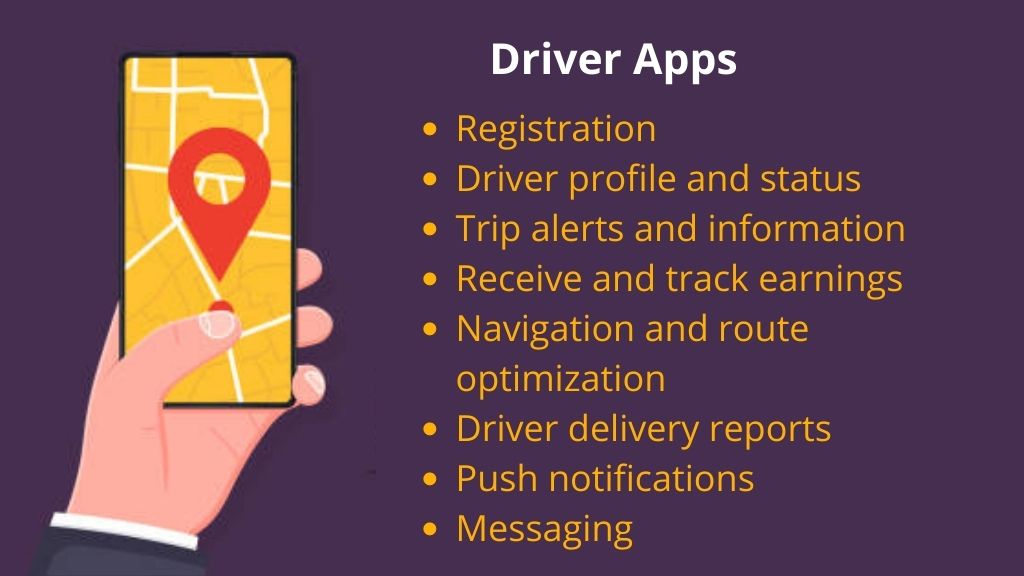
- Registration
- Driver profile and status
- Trip alerts and information
- Receive and track earnings
- Navigation and route optimization
- Driver delivery reports
- Push notifications
- Messaging
- Passenger rating and review
- Booking cancelation
Advanced Features:
- Driver destinations
- Quest earnings
- Waiting time
- Heat maps
- Forward dispatch
Admin Panel
- Secure login
- Locations and fare management
- Driver and passenger management
- Booking management
- Vehicle management
- Review driver’s orders and payoffs
- Check ratings and reviews
- Notification management
- System content management and FAQ
- Driver and user support
- Integration with Google Analytics
Advanced Features:
- Manage dispatchers
- Dispatcher panel
- Manage refunds
- Promotion and discount management
- SMS alert settings for specific trips
- Future ride settings
- Country and currency settings
- Heat map
- Surge pricing
- Flat pricing
How to Earn Money from Taxi Booking App?
After the on-demand taxi app development and testing, you have to decide on its monetization strategy before making it available to the public. How to Monetize Taxi-Hailing Apps? Here are a few successful models:
1. Online Commission
It is the most popular and common way of earning money from a taxi booking app. The idea is simple. Here, the app owners charge a small percentage of commission from a driver on every fare since the app connects the driver with the passengers. It is a standard method that is fair and safe in every aspect.
2. Cancellation Fees
Operators can charge a customer cancellation fee when they cancel the trip. You can set a time, say 20 minutes, after which, they can’t cancel a trip for free. Or else, when the driver is near the pickup location when the rider cancels the trip, they need to pay the cancellation fees or reimbursement fees.
3. Pre-Booking Fees
Some apps allow their customers to book in advance so that the driver arrives at the exact said time. To implement this, the selected driver has to make sure that they are present at the sot and cancel any other upcoming requests during that time. Since this slot is pre-booked, the customer has to pay more. Pre-booking offers a more convenient service. It is, thus, worth charging extra.
4. In-App Advertising
It is one very common way of earning through any app- not just a taxi booking app clone. App owners can allow relevant advertisers to show their ads to existing customers who are using the platform. You can charge the advertisers on a pay-per-click basis or for the duration of the advertisement. However, make sure that you don’t bombard ads on the users. Else, they will stop using it.
Pro tip: Your related partners can offer some coupons to the customers for being loyal to your business. It helps in customer retention.
4. Freemium
You can offer your app’s basic services for free and charge for all the premium or advanced options. It may include some exclusive features like those mentioned above. But the freemium version should only be applied after a thorough analysis of user behavior. Adding basic features in the premium option is only going to annoy them, but adding the best features in the free version will discourage them from going premium. So, play safe.
5. App Subscriptions
This can be deployed for both- customers as well as drivers. For instance, customers can pay for an ad-free and premium version of your product with a monthly subscription. Conversely, the drivers can be charged a subscription fee for working with the app on a monthly basis.
Benefits of Creating a Taxi Booking Application:
Simplify things for Customers:
Taxi booking applications help customers to understand the process easily. With these booking applications, customers can book a taxi at any time and in seconds. Moreover, applications can help customers to track drivers’ locations and other important things.
Increase Visibility
Everyone has smartphones and laptops. Hence it makes them an important part of marketing strategy. Some studies show that people are spending 4 hours a day in front of their phones, tv, and other electronic devices. So, it is good to create a taxi booking application to catch your audience’s attention.
Increase Return on Investment:
These applications come with opportunities to enhance customer experience. The applications provide an effortless process to book rides for your customers. Taxi booking apps can also create new revenue streams by allowing you to offer extra features.
Overall, taxi booking applications can provide significant benefits for both the customers and the taxi companies, making it a worthwhile experience.
How Much Does it Cost to Build a Taxi App like Uber?
The taxi booking app development cost depends entirely on how complex that app is and what time and expertise have gone into building it. Now, Uber is one of the most successful apps in this sector- the primary reason being its simple UI and perfect implementation. Thus, you don’t have to go ahead with some very complex features. But you can definitely integrate something creative, like the ones mentioned above.
The features will be integrated into three panels- the backend (which the developers can access), the front-end (that the audience will access), and the admin panel. The front-end will again be divided into the customer app interface and the driver app interface. All in all, your taxi booking app development cost will depend on what features you deploy in all of these panels. Added to this will be the cost of designing, testing, deploying, fixing bugs, maintenance, branding, and marketing.
But if you still want a rough estimate, building an app will cost you something around $40000 to $200000 on development alone. But it fluctuates on how you want your app to be and the demography of the audience it covers.
Wrapping It Up
We hope that this blog successfully unfolds the aspects involved in taxi booking app development. By now, we have equipped you with the knowledge required to breathe life into your taxi booking app development idea. You can convert it into reality and check all the boxes of the features mentioned above when working with the best developers in the market.
Our experts can help you in developing your next world-class Taxi apps.
Why should consider JumpGrowth to develop a Taxi booking application?
JumpGrowth is a dedicated team who can help you create a taxi booking app. Our developers are well-versed in the latest technologies such as Java, Python, HTML, CSS, and Swift, along with different databases, etc. for IOS and Android application development.
Frequently Asked Questions:
1. What technologies can I use to create a taxi booking application?
Here is a list of technologies you can use to develop your application.
- Java
- Python
- Go
- Swift
- MongoDB
- Aws, Azure, Google – clouds
2. How often should I update the App?
It depends on the technologies you are using in your application. You must update your application to overcome the vulnerabilities, and if you want to add new features to your application, etc.
3. What are the crucial features that your taxi booking application should have?
Here is a list of features that you must include in your taxi booking application.
- Payment Systems
- Geolocation
- Onboarding
- Booking
- Route Tracking
- Push Notifications
- Saved Destinations
4. How many stages are there in the taxi app development process?
The development of any application needs to follow the basic SDLC (Software Development Life Cycle) steps:
- Requirement gathering
- Designing
- Development
- Testing
- Maintenance
5. How long does it take to make a cab booking app?
It takes around 4-6 months to develop an initial version of MVP (Minimum Viable Product). The complete development process will take time according to the features you want to add to your application. Overly complex features need more time to build.
